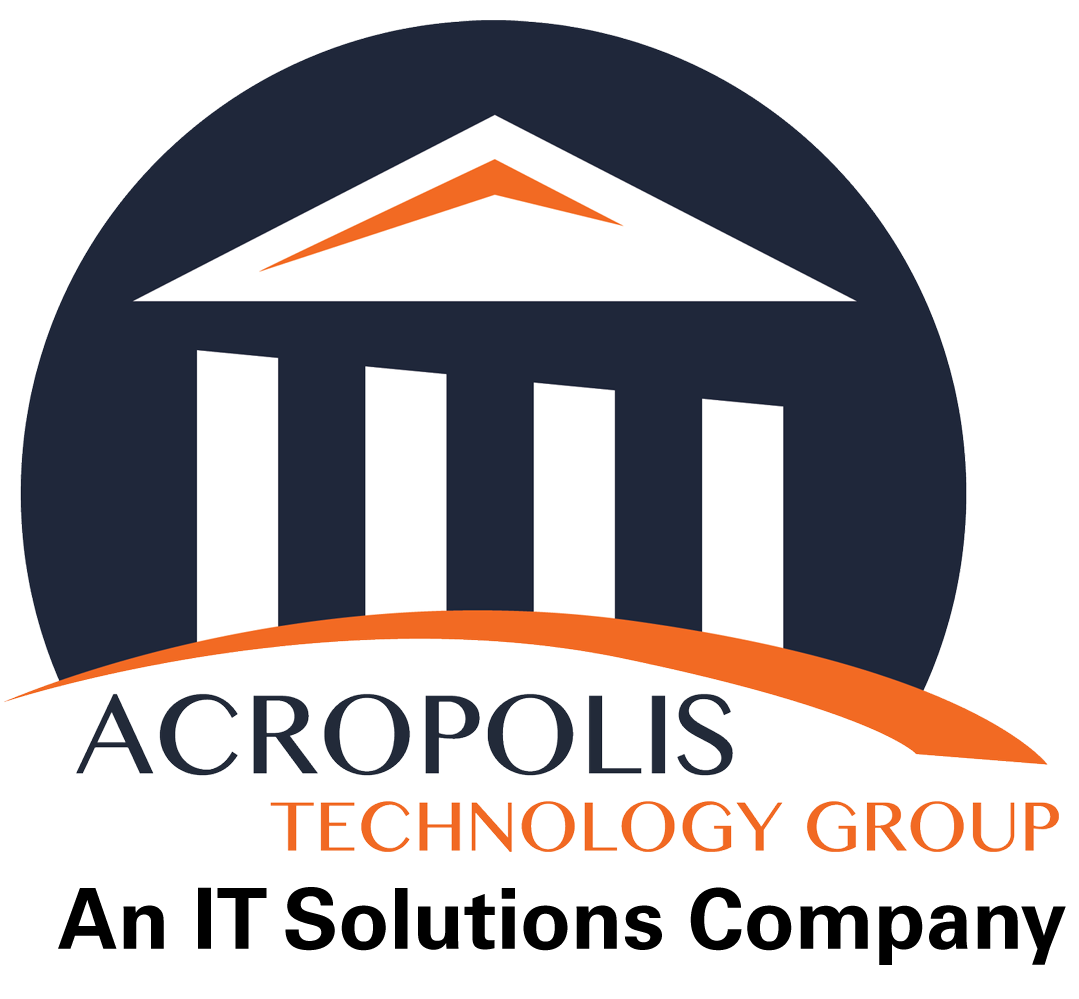What Are Your Employee Turnover and Retention Rates and Why?
We’re constantly fielding questions from prospective clients, and when we hear a question repeated, we try to make the answer as readily available as possible.
One such question regards employee turnover rates.
So, here’s the complete explanation of employee retention and attrition at Acropolis.
What Is Our Employee Turnover Rate?
Let’s get right to the answer. Since COVID turned the world upside down, our turnover rate has been right at 15 percent. This is higher than pre-COVID rates, but it is trending downward since the first spike in 2020.
In a moment, we’ll compare this to the industry and U.S. business at large. Before that, let’s talk about how we view attrition at Acropolis.
Even though this rate is sustainable (and better than industry averages), we aren’t satisfied. The goal is to bring the number below 10 percent.
We’re confident that we can do this largely because our top performers have a much lower attrition rate. Many of our employees have been here for 10 years or more, and the deeply tenured leaders throughout have been here for more than 25 years.
Longevity is attainable, and we’re committed to it.
What Is Typical for IT?
To add context to these numbers, IT is an industry known for high turnover rates. In fact, some experts say that IT has the highest turnover rate of any industry.
According to research performed by LinkedIn, the current turnover rate in the tech industry is 13.2 percent. That number is up almost 50 percent since 2020, showing that tech, in particular, is seeing a massive increase in overall turnover.
But, LinkedIn is reporting the lowest turnover rates when compared to other research groups. The Bureau of Labor Statistics estimates the attrition rate at closer to 18 percent.
Meanwhile, the average turnover rate in the United States is just over 10 percent. This helps to highlight just how abnormal IT is in this regard.
Why Does It Matter?
Many prospective clients know exactly why they ask this question, but some of you reading this might be learning something new. In that case, the general idea is that a lower turnover rate leads to better IT service.
For starters, most people want seasoned workers with tenure to take care of their tech needs. If you’re constantly working with a new hire, they will probably be less experienced, knowledgeable, and capable. Obviously, these are generalizations, but it’s why so many people like to see low turnover numbers.
The other thing is that turnover is an indicator of how a business operates. If you have the highest turnover in the industry, that’s indicative of underlying business problems. If your turnover is relatively low, it suggests stability that most clients find comforting.
What Helps Our Turnover Rate?
As you can now see, Acropolis is above average in terms of employee turnover, but we’re not where we want to be. We already mentioned a goal of continuing to lower our employee attrition, and we already know some of the things are working in our favor. We intend to steer into these aspects of our business, and you can see how we have achieved a good turnover rate and how we plan to continue to improve this metric.
Culture
It’s a cliche, but things are usually cliche for a reason. Culture impacts employee satisfaction, and we have a culture that is built around growth, opportunities, and work/life balance. We’re not going to add to the cliches by claiming that everyone here is family, but we do heavily invest in the success of our people.
We want to see them learn, improve, and explore new opportunities. That’s the structure of Acropolis, and it has served us well for multiple decades at this point.
Hybrid Work Environment
A specific element of our operations really helps with employee satisfaction and turnover. That, of course, is our hybrid work environment.
IT is already something that lends itself well to working remotely, and we try to maintain consistent remote work opportunities for most levels of employment. Not to worry, when a client needs in-person support, it is available. But, many of the things we do behind the scenes that keep everything running smoothly don’t have to be managed directly at a central office.
So, we encourage employees to take advantage of remote work when and where they can, and we try to remain flexible with every aspect of scheduling, vacation, and reasons to be out of the office.
EOS Management Model
Last, but certainly not least, we follow an EOS management model.
For anyone unfamiliar, EOS stands for “entrepreneurial operating system.” This is not a computer system that runs the business. Instead, it’s an organized approach to business operations and management that helps us identify our strengths and weaknesses in order to constantly improve as a business.
EOS is not specifically geared toward employee retention. Instead, it’s an overarching approach.
The gist is that a business first commits to a vision. At Acropolis, our vision is to create lasting, mutually beneficial relationships with all of our clients. That filters down to every aspect of the workplace and work culture, but EOS involves more than just a goal or a vision.
It backs up that vision by using data to help drive company decisions. With that at our core, we use hard data to see exactly what is and isn’t working.
In terms of employee retention, we carefully monitor attrition rates. We also try to maintain a constant, open dialog with our employees so that we have a clear notion as to when they are and are not happy. Combining data with this approach, we can get past surveys or occasional check-ins and really cut to the core of any problems afflicting the workplace. We can also see what employees genuinely value.
Following the data, we have managed to bring our attrition rate down over the past two years, even while rates are surging in our industry.
